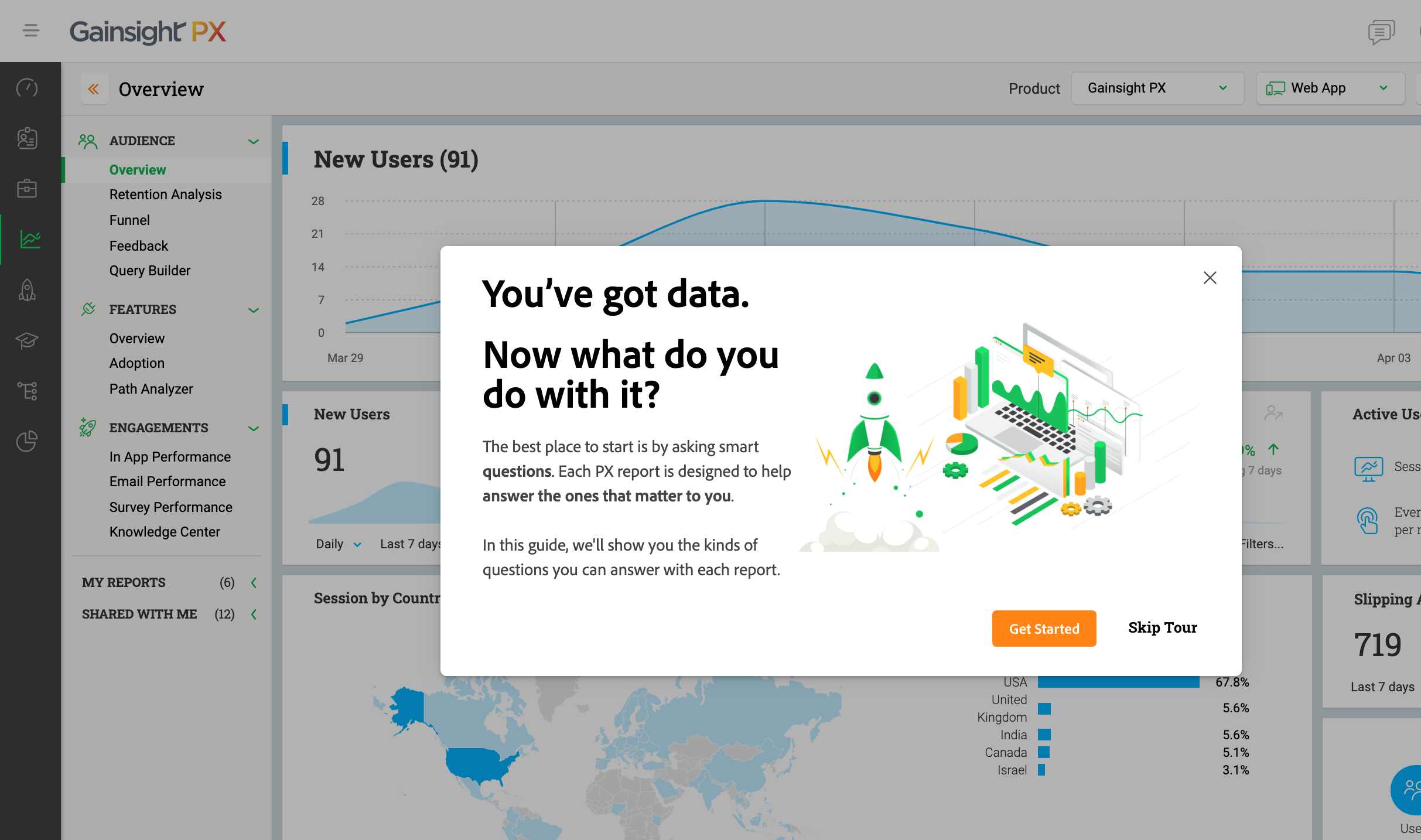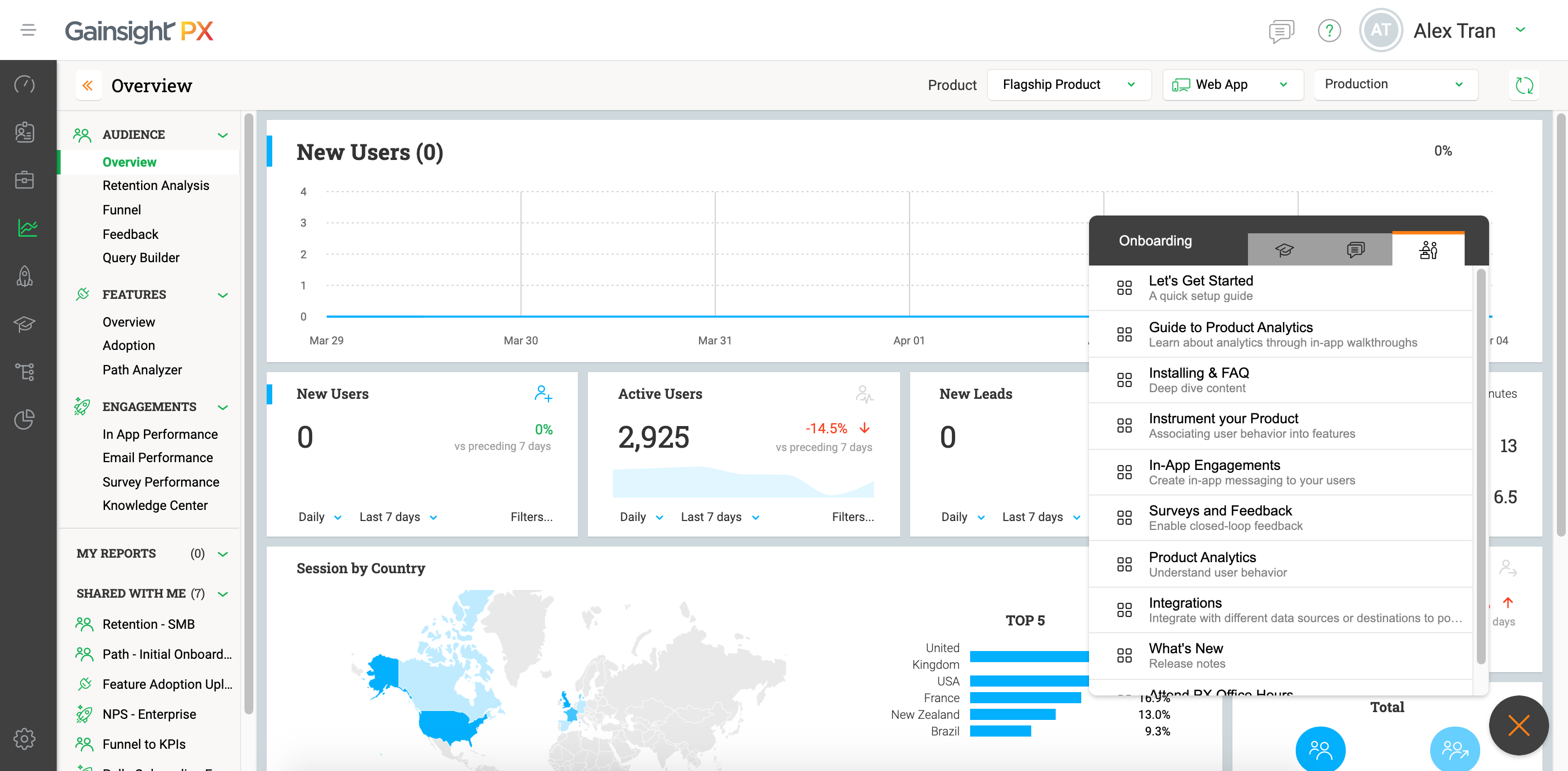From working from home as the new standard, to businesses closing indefinitely, to once-crowded roads being now nearly empty, it doesn’t take much to see that the world has drastically changed in just a few weeks due to the COVID-19 pandemic.
With changes already difficult for many to adjust to, the changes happening now are on an even more heightened scale, given the ever-evolving status of the virus and its implications on our lives.
As we process the ongoing news and local policies, most of us are simultaneously figuring out new habits and routines, too. Whether it’s learning to work remotely with others around us or balancing full-time work with full-time parenting, adapting to new ways of living doesn’t come without its unique set of challenges.
Not being able to be with others in-person has also meant that, for many of us, usage of different technologies has skyrocketed and broadened as we strive to stay connected with our loved ones, as well as continue working towards our business goals.
What can we learn about caring for others during this COVID-19 crisis that can help us build more empathetic experiences for our users and teams?
New users are looking for quick solutions.
Questions that arise when users first try a new tool often include: “How easy is this to learn and use? How can it help me achieve my goals?”
Even if you offer a free trial or other incentives, given the pressure of the uncertain circumstances around us, users are looking for tools they can quickly understand and count on to help them do what they need.
If your tool is not intuitive or clear to new users, it won’t take more than a few minutes—sometimes seconds—before they look for other options instead.
Our solutions need to be built for scale.
With so many people looking for new platforms to achieve what once was being done offline, you may be seeing an influx of new sign-ups for your product. Without a scalable onboarding plan that can retain the high influx of new customers, your team will burn out under the stresses of the incoming customer traffic.
Not adjusting processes to acquire and retain the new wave of users would be a loss in terms of both business opportunity and team well-being.
Now that we know why it’s crucial to view both new users and our teams with empathy, it’s time to execute on practically meeting their needs.
Here are 3 tips for onboarding and retaining your users at scale, from a human-first lens.
1. Highlight the value of your product immediately upon login
With limited time and mental space given our current pandemic, new users log into your product wanting to learn how to use it as soon as possible. Showing them how to perform key actions right away is critical in preventing them from turning elsewhere.
The Gainsight PX team uses in-app guides to highlight key features that best address new users’ most common questions, which have been a crucial part of onboarding customers at-scale and pointing them to the features most helpful to them.

Regardless of what tool you use, specifying the value of your product upfront builds trust with new users, helping them feel supported in exploring your product further to effectively achieve what they signed up to do.
2. Help users take “baby steps” in your product
When building out your in-app user journeys, pointing users to advanced features too early may daunt them in the context of all the other complexities they may be dealing with, both professionally and personally.
Instead, think simple and quick: what’s an easy task that users can do to get started? Helping them take “baby steps” rather than having to walk or even run right away will both empower them to continue using your product, as well as motivate them to progress onto the more advanced ones.
For instance, first encourage users to toggle basic filters rather than to build a complex, custom report. In Gainsight PX, we use a quick tooltip as part of a guide to help new users start creating simple engagements.

3. Make helpful resources easily accessible
With more new users trying your product, it’s easy for customer-facing teams to get overwhelmed by a huge wave of emails, meetings, and support tickets. But not only is there a bandwidth issue when this occurs, but there is an added layer of higher stress and lower productivity in the midst of a global pandemic that could be threatening the very livelihoods of either ourselves or the people around us.
So, it’s more important than ever to find ways to best support our teams, and as a result, our customers. One of the keys to mitigating team burnout and reducing lag time in responses is to empower your users to help themselves—ideally before they need to contact your team for help, which is an inconvenience that often generates frustration and the risk of losing more users.
For instance, Gainsight PX places a simple bot on your app, which surfaces relevant in-app guides and support articles when you enter search terms.

Conclusion: Leading with empathy
In this time of widespread crisis and changes in nearly all areas of our lives, it’s crucial for us to empathize with the needs of others and the unique challenges everyone is experiencing.
As we think about how to build our products that can bring the most value to users in this context, we must first seek to understand their needs in order to bring about clarity and support in the midst of complexities and stress.
By onboarding users through a human-first perspective, we can help address our users’ business challenges in the context of their personal ones, too.
As I’ve written about previously, Gainsight’s purpose is “to be living proof you can win in business while being human first.” May we all be driven by our care for every person we impact—whether it’s through our products, our teams, or our homes.
